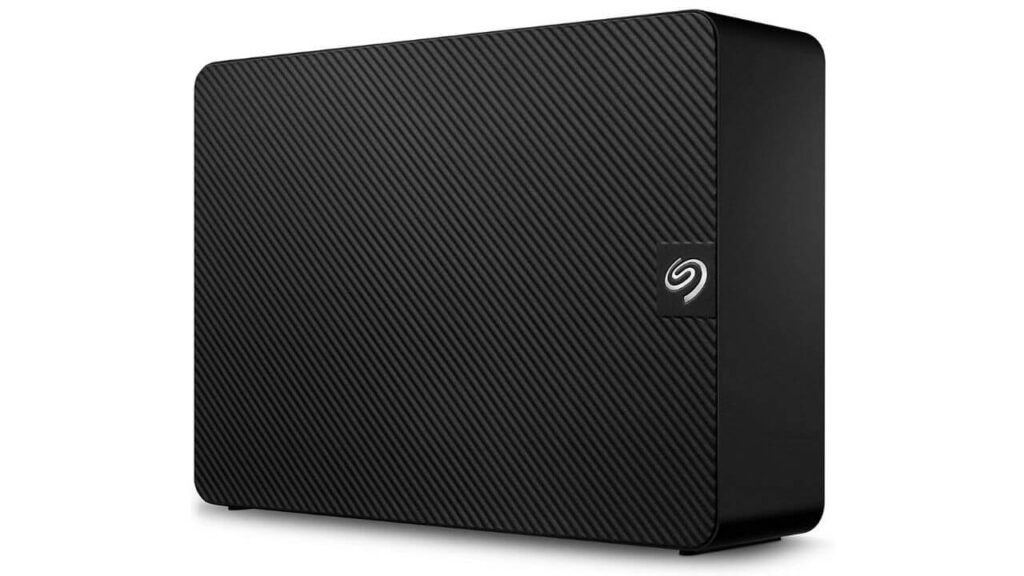

Comparing Seagate, Hitachi GST, and Western Digital disks of various capacities, Backblaze found that Hitachi GST’s drives had the lowest failure rate at any capacity, followed closely by Western Digital, with Seagate ranking a very distant third. “If the price were right,” Backblaze said, “we would be buying nothing but Hitachi drives.”īut nothing’s set in stone: Western Digital now owns Hitachi GST, and Seagate has been working to improve the reliability of its drives.

With over 27,000 drives on hand, Backblaze last year published the most comprehensive independent test results I’ve seen for consumer-grade hard drives. Hard drives aren’t all created equal, and they aren’t built to last forever: good drives typically last for around three years of very active use, and great ones for five years. Without a computer or another enclosure surrounding them, these hard drives are called “internal hard drives.” They’re small metal boxes akin to old-fashioned record players, with one or more spinning disks (“platters”) that get accessed by a “ read/write head” (shown above). The vast majority of Macs in homes have mechanical hard drives (rather than chip-based SSDs) inside. Photo credit Eric Gaba, Wikimedia Commons user Sting A Quick Primer On Internal Hard Drives


 0 kommentar(er)
0 kommentar(er)
